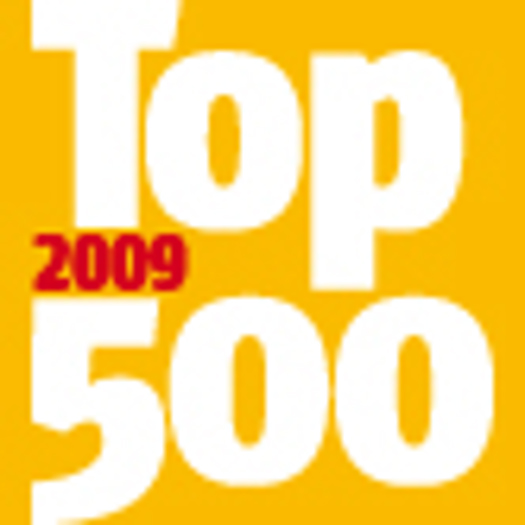Twelve months ago, the average sales figure for the top 500 companies was £237m, but this year that figure has risen to £263m, an increase of just over 11%. This is not down to the big players all stretching further away, skewing the average, either. This year’s number one did have a higher sales figure than the year previous – with DS Smith UK Print registering sales at £917.7m where as last year’s number one Williams Lea had sales of £756.1m – but number 500 also enjoyed increased sales, with Lancing Press, propping up the table last year, bringing in £657,000 and this years 500th company Prontaprint Barbican bringing in £724,000.
Obviously, how much you sell doesn’t necessarily determine how much money you are taking home, but thankfully profit margins are similarly positive. The average pre-tax profits compared to last year have actually risen from £505,000 to £858,000, an average pre-tax profit margin rise from 2.03% to 2.13%. And again if you look at numbers 1 and 500 in the table, the rise is across the board, with DS Smith at a profit margin of 5.62% compared with last year’s incumbent’s 4.39%, and Prontaprint Barbican registering 9.66% compared with last year’s number 500 figures of -5.83%.
Print’s getting bigger
No wonder, then, that print companies are getting bigger. In terms of turnover, over the past three years the number of companies in the £57m-plus category has remained steady, but turnover brackets just below that show a marked increase in the number of companies operating at the larger end of the market. In the £20m-£57m bracket there are now 76 companies, compared with 71 in 2010 and 73 in 2009; and in the £12.5m-£20m bracket there are now 73 companies, compared with 59 in 2010 and 62 in 2009.
These figures testify to the massive changes that have occurred in print over the past few years. Businesses are now leaner, better prepared and better equipped than they ever have been and those efforts are paying dividends. Processes have been honed and waste has been squeezed out of the systems; businesses have taken it upon themselves to become more clued up about cross-media and emerging markets, some of which are not even directly print related; and, despite incredibly difficult lending conditions, investments have still been occurring in the latest kit to provide the best and most high quality services possible.
Of course, there have been casualties too – there seemingly hasn’t been a week go by when a company hasn’t gone under – and obviously some of the companies with boosted turnover and profits will have benefited from capacity going out of the market.
Also, it has to be remembered that the majority of the financials in the Top 500 companies’ year-ends were for 2010, so there is an element of lag to take into account.
But these factors should not take away from the fact that print has worked hard during the recession and, without much help from lenders or government, appears to be coming through a very testing time much, much stronger.
And in reading through the Top 500, companies can continue this growth further by benchmarking themselves against those listed.
The tables provide a comprehensive set of figures beyond that of the headline numbers, including gearing, liquidity and net worth information, as well as staff numbers, so companies can see where they are compared to their peers, where they were and where they might strive to be.
And that’s the real benefit of the Top 500; not only does it give you an overview of the current and historical fiscal health of the print industry, it’s a valuable benchmarking tool. Because while everyone has a finger on the pulse of their own financial performance, being able to see how that compares with your peers is too good an opportunity good to miss.
This year, for the first time, you can view the Top 500 data online in sortable tables: just click any of the headers to sort the table in ascending or descending order.









